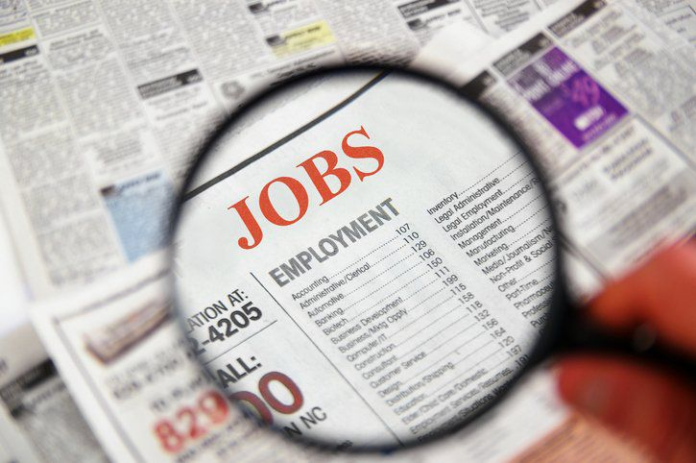As a series of massive interest rate hikes spread throughout the U.S. economy, job growth slowed for a second month in September. However, policymakers are not expected to be deterred from taking forceful monetary action to combat inflation, which is still at a decades-high level.
Following are key points from the most recent monthly jobs data, which the Labor Department issued on Friday and are compared to consensus forecasts from Bloomberg.
- Non-farm payrolls: +263,000 vs. +255,000 expected
- Unemployment rate: 3.5% vs. 3.7% expected
- Average hourly earnings, month-over-month: +0.3% vs. +0.3% expected
- Average hourly earnings, year-over-year: +5.0% vs. +5.0% expected
For Fed officials attempting to calm down an exceptionally tight labor market that has increased wage pressure and contributed to rising prices, the cooling in the employment figures for September is a good development. The print, however, is still significantly larger than the 150,000–200,000 average that was common prior to the pandemic, giving the U.S. central bank flexibility to continue with significant rate rises.
“Today’s job number is a hawkish reading, with almost all the elements of the report moving in the wrong direction for the Fed,” Principal Global Investors Chief Global Strategist Seema Shah said in a note.
On Friday, as investors processed the data in the hopes that a more significant decrease in the headline number would prompt the Fed to change its policy sooner, stocks fell and Treasury rates shot up.
Read original article here.








